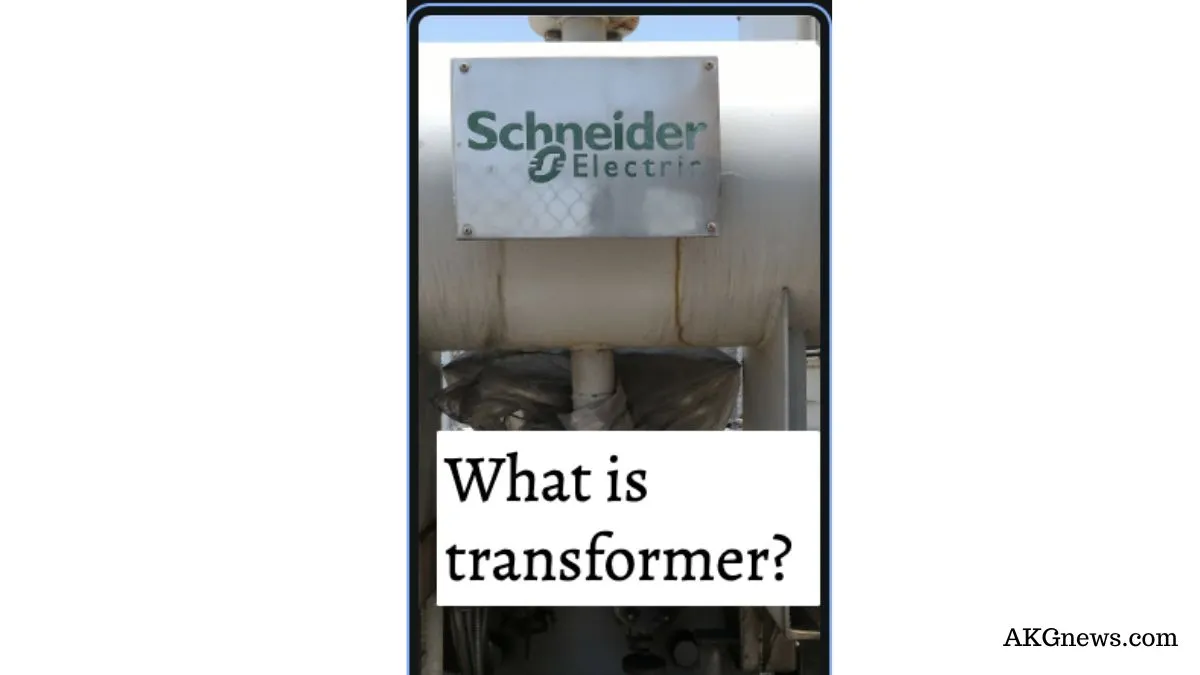Transformer And Its Associated
transformer
A transformer is a device that consists of two inductive coils which are electrically separated but magnetically linked through a path of low reluctance.
The two coils possess high mutual inductance. If one is connected to a source of alternating voltage, an alternating flux is set up in the laminated core, most of which is linked with the other coil in which it produces mutually-induced e.m.f
The first coil in which electric energy is fed from the a.c supply mains is called PRIMARY WINDING.
And the other from which energy is drawn out is called SECONDARY WINDING
A transformer consists of two basic elements,
1. two coils having mutual inductance
2. laminated core
Iron-core transformer
It is a transformer in which laminations of iron, make up part or all of the path for magnetic lines of force that link the windings of the transformer.
The core is constructed of these laminations in order to provide a continuous magnetic path for the lines to flow and minimize the air gap between the laminated sheets.
Now, consider the N-turn iron core coil. When a current ‘I’ is passed through the primary winding a magnetic flux ’fy’ is produced. Let this flux vary sinusoidally with the time ‘t’ as:
Fy = fy(m) sin 2 (pie) ft
Where fy(m) is the maximum value in webers and f the frequency. Therefore, the induced voltage in accordance with faradays law is
Vp= N d(fy)/dt = 2(pie)fN{fy(m)} cos 2 (pie)ftand the effective value will be
Vp= 2(pie)/1.414 fN {fy(m)}
Vp=4.44f Np{Fy(m)}
Similarly for secondary winding,
Vs=4.44fNs{fy(m)}
Where Vp and Vs represent voltage across the primary and secondary winding respectively
f is the frequency
Np and Ns are the no. of turns of the primary and secondary winding respectively
And {fy(m)} is the flux that links the two windings.
By dividing Vp with Vs we get;
Vp/Vs = Np/Ns
Which is equal to ‘alpha’ also known as the transformation ratio defined as
Through a common magnetic core when I current starts to flow magnetic flux is created which links both windings together hence a voltage is established across the secondary winding. The magnitude of this voltage is proportional to the ratio of no. turns on the primary winding to the no. of turns of the secondary winding.
Also since the ampere-turns of the primary winding are equal to the ampere-turns of the secondary winding.
Which could be written as
Np/Ns= Ip/Is
Where, Np/Ns = Vp/Vs
So,
Np/Ns =Vp/Vs=Ip/Is = α
ASSOCIATED TERMS IN A TRANSFORMER
Generator
A device that converts mechanical energy into electrical energy by magnetic induction.
AC
An electrical flow of continuously changing polarity which rises to maximum voltage in one direction decreases to zero and then sinks to maximum voltage n another direction before changing polarity once again. This pattern is referred to as sinusoidal waves and the number of cycles /sec is equal to a frequency that is measured in hertz.
Core
The ferrous part of the transformer or inductor is used to increase the length of the magnetic field. It carries the flux and forms a magnetic coupling between primary and secondary.
Eddy current
It is induced into metal when magnetic lines of force move across it.
Efficiency
Rate of the power output to its power input
Frequency
It means the number of lines in which an AC voltage will change from positive to negative and vice versa within a precise time, usually expressed in cycles/sec and identified as hertz or as in 60 hertz.
Flux
The lines of forces of a magnetic field.
Horsepower
One horsepower is 33000 lb-ft/min or 746 volts
Hertz
Cycles/ second
Laminations
The sheets of steel make up the core of the transformer.
Multiple winding
a winding that consists of two or more sections that can be paralleled to specific mode of operation
Ohm’s law
the relationship between voltage and current and resistance. The current in an electrical circuit is directly proportional to the voltage and inversely proportional to the resistance.
V=IR
I=V/R
Primary winding
The coil winding that is directly connected to the input supply
Phase
Electrical circuits can be single, three, and polyphase, depending on the number of source conductors. Single-phase transformers can be used on a three-phase source when two wires of the three-phase system are connected to the primary of the single-phase transformer conversely three phase sources can be combined to provide three-phase power.
Secondary winding
The coil winding supplies the output voltage to the load.
Sinusoidal waveform
A waveform that can be expressed mathematically using the sine function.
Short circuit
A low resistance connection using accidental across part of a circuit resulting in excessive current flow.
Nameplate Reading of Transformer
The transformer nameplate shows the rating of the transformer…namely, operating frequency, rated current n voltage, the output power in KVA, type of insulation used, and transformation turns ratio…
Additional Info:
In addition to that, you would also find the percent impedance, size of the tank; tap configuration, and vector group. Here is a photo of a typical power transformer nameplate:

Types of cooling: ONAN & ONAF
ONAN: uses natural airflow through the radiator to dissipate heat.
ONAF uses a fan for cooling the radiator.
Dyn11
Delta connected HV winding, star connected LV winding with neutral brought out, LV is leading HV with 30°
HV-High-voltage (primary)
LV-Low-voltage (secondary)
Also read,

